10,000 tonnes of waste
per year in designed capacity for the facility
Ljungby Municipality is located in Småland, Kronoberg County, and has approximately 28,000 inhabitants. The municipality is characterised by its many lakes, a diverse business sector, and a vibrant cultural and community life.
Alvesta Municipality, with just over 20,000 inhabitants, is known for its beautiful natural surroundings, strong entrepreneurial spirit, and its role as a railway hub with excellent transport links in southern Småland.
Together, the municipalities have taken a significant step towards a more sustainable future by introducing optical sorting of household waste.
The aim is to increase recycling and make it easy for residents to sort correctly at source.
The system is based on households placing their waste in colour-coded bags for different fractions, which enables efficient and environmentally friendly management. Some of the reasons for choosing this method are:
per year in designed capacity for the facility
Paper packaging, plastic, newspapers, metal, glass (coloured and clear), food, residual

residential and special service housing
At the Bredemad Recycling Centre in Ljungby, there is a state-of-the-art sorting facility that was commissioned in 2019 (following test runs in late autumn 2018).
The facility is designed to handle 10,000 tonnes of waste per year, which corresponds to up to 42 tonnes per day.
A total of eight different fractions are managed: paper packaging, plastic, newspapers, metal, glass (coloured and clear), food waste, and residual waste.
The waste is collected in colour-coded bags: red for residual waste, green for food waste, blue for newspapers, light turquoise for clear glass, turquoise for coloured glass, grey for metal packaging, purple for plastic packaging, and beige for paper packaging.
With the help of advanced camera technology, the colours of the bags are automatically identified and sorted into the correct stream. The automation means that only one operator is needed to monitor the operation.
The green bags for food waste are made of biodegradable and compostable polyester, vegetable oils, and starch. The food waste is sent to a biogas plant where it is converted into valuable resources in the form of biogas and biofertiliser.
The other bags are made from recycled plastic that has already had many previous lives as various products. This means that no new plastic is added. Work is ongoing to develop alternative materials. As soon as bags that meet the required quality are available, the facility is ready to switch from plastic.
The project in Ljungby and Alvesta demonstrates how simple source separation, combined with modern technology, can deliver significant environmental benefits and contribute to a sustainable society.
The high level of automation and the ability to recycle more fractions mean that the municipalities are at the forefront of future waste management.
Residents have been provided with a simple and clear system, while resources are utilised efficiently and environmental impact is reduced.
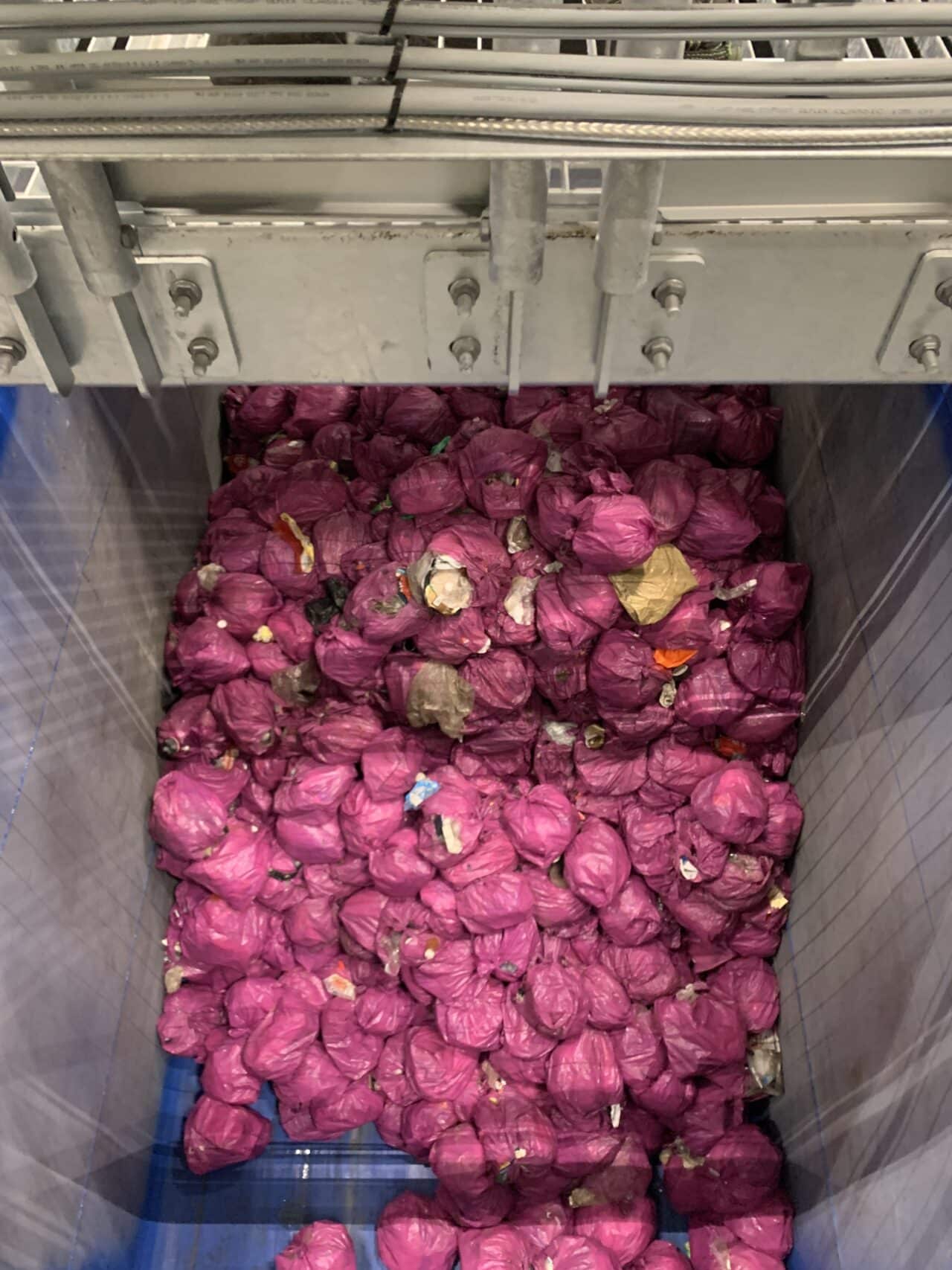
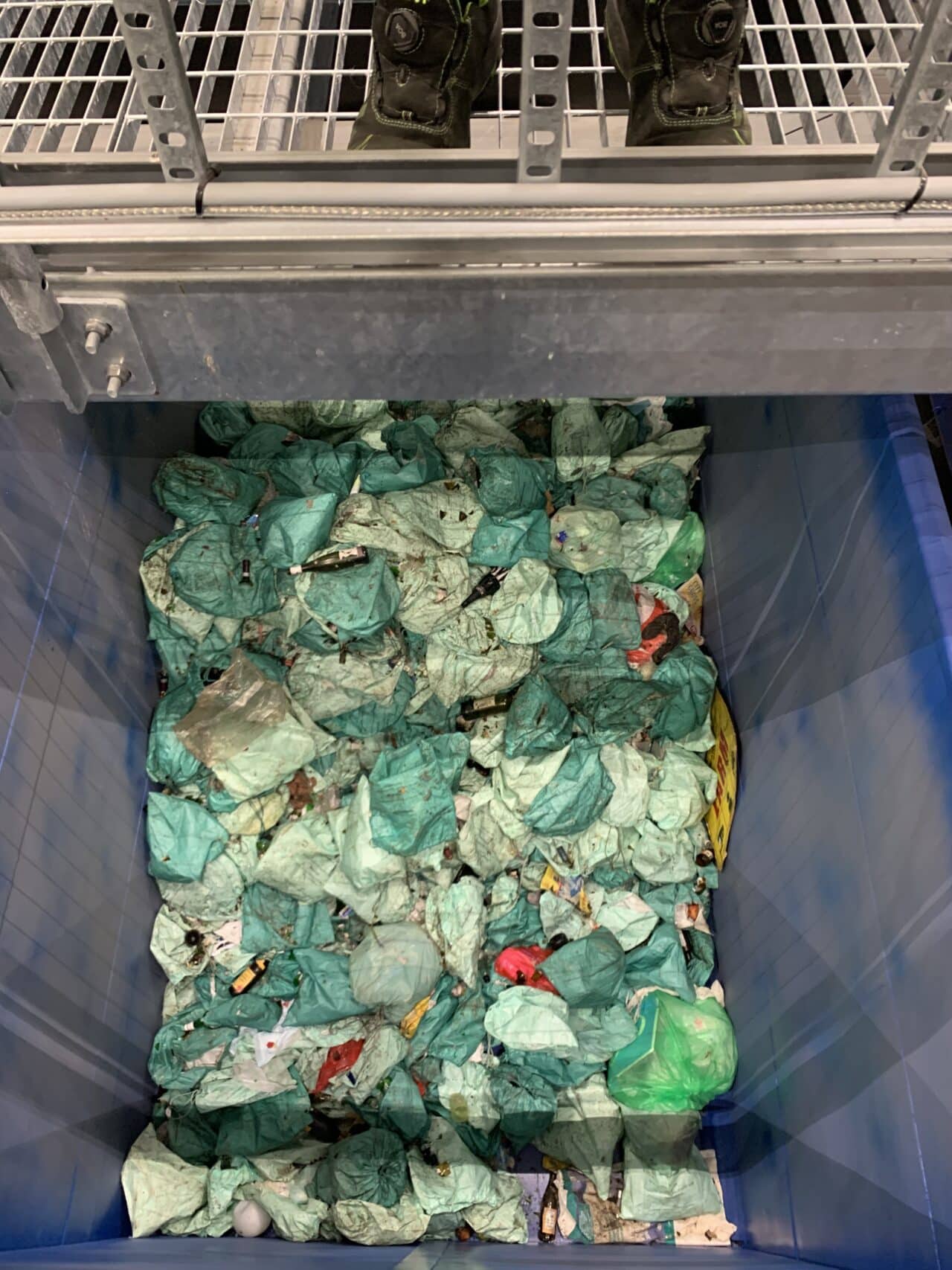
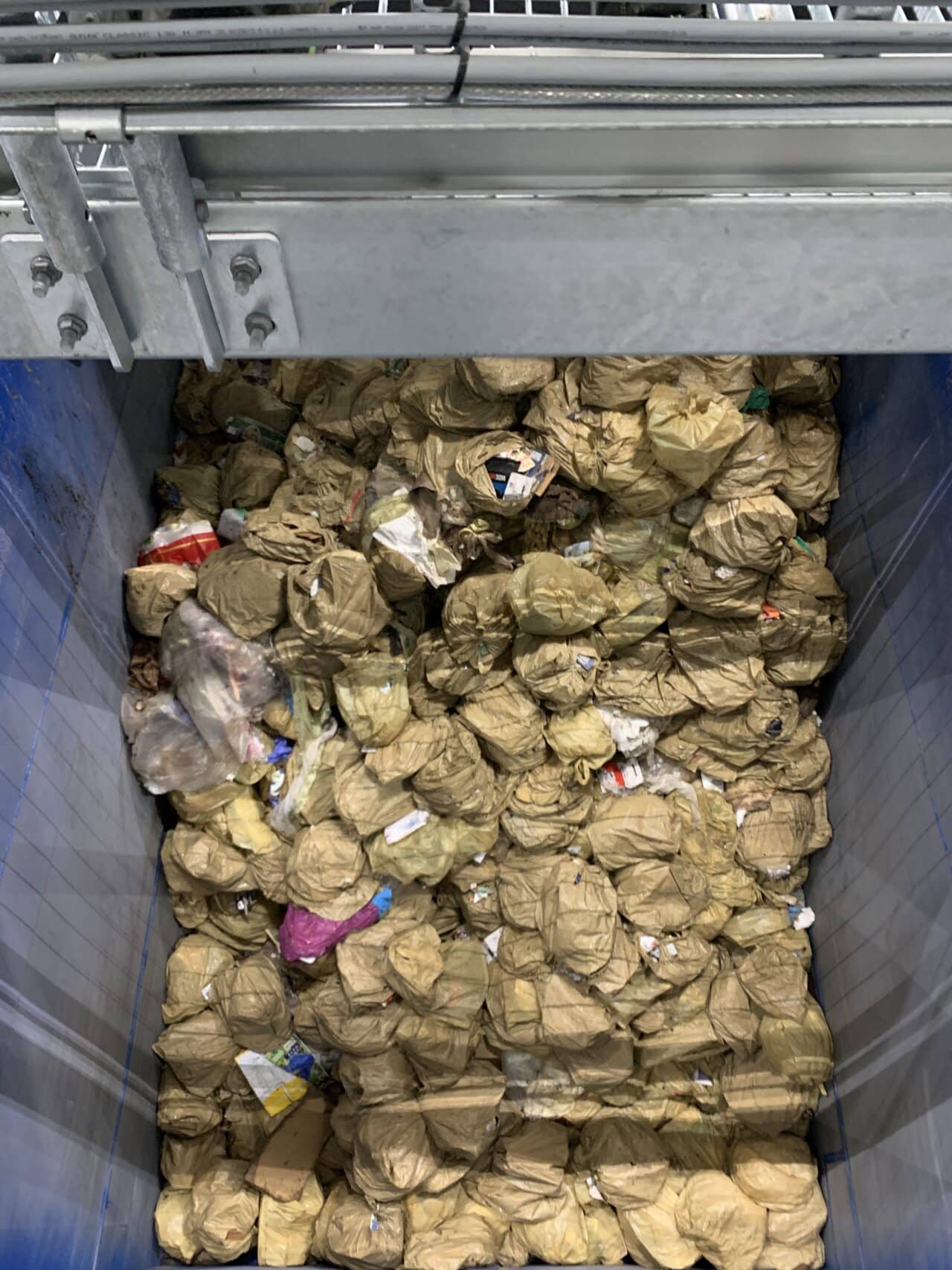
To see all our projects, click here.
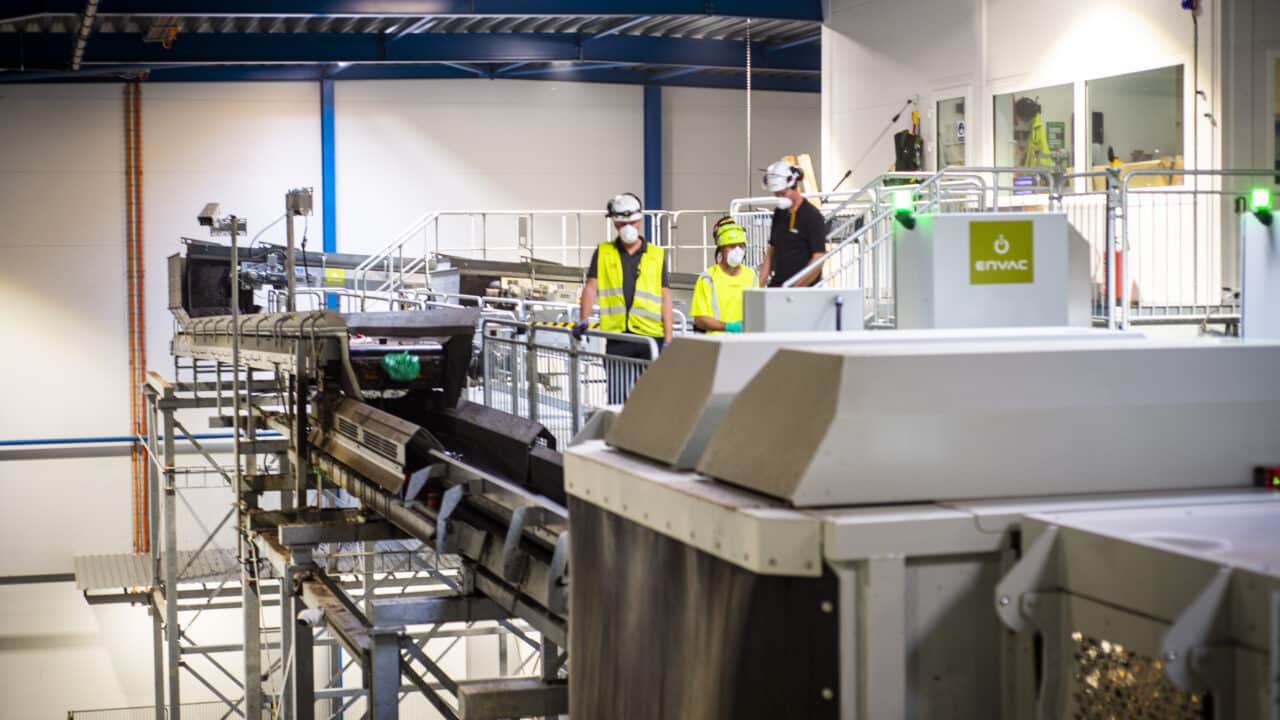
Sorting Aalborg, Denmark
In Aalborg, ~224,000 residents sort their waste into coloured bags, which are processed at Denmark’s first optical sorting facility. The solution makes things easier for households and more cost-effective for the municipality, while also reducing environmental impact.
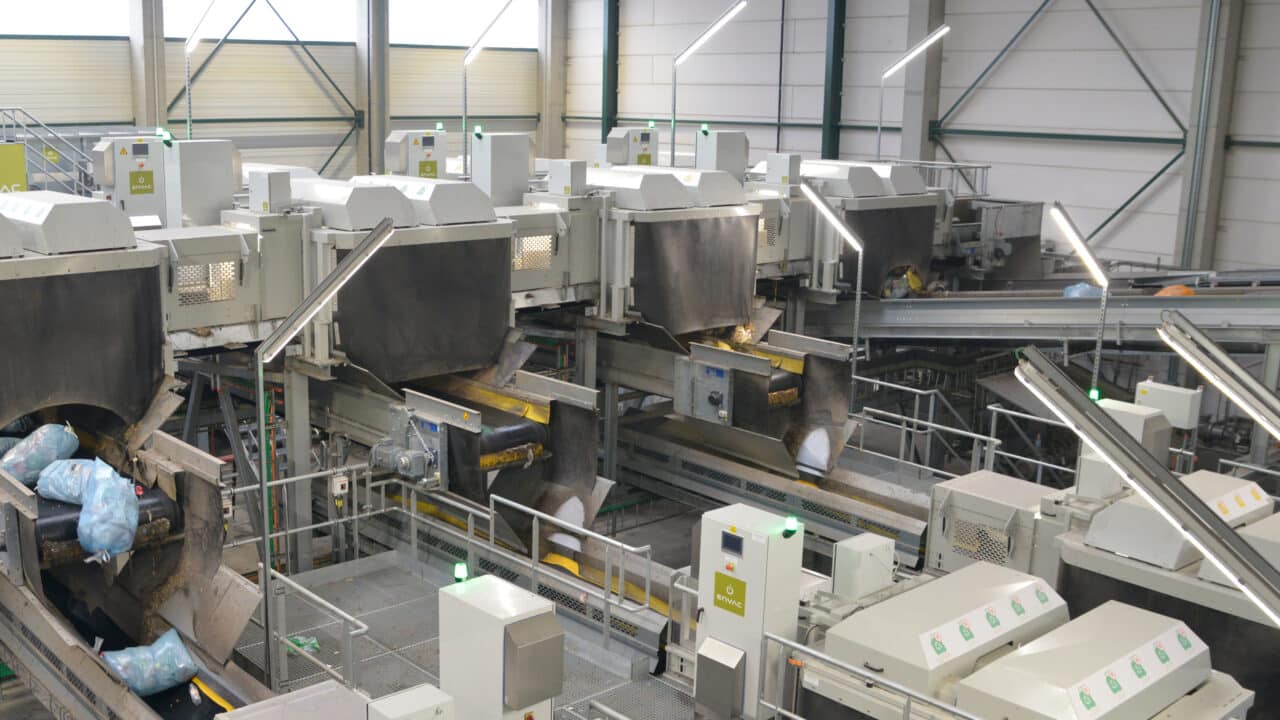
Sorting Biostoom Beringen, Belgium
The Limburg Optimo Sorting Facility was launched in 2022 and services 32 municipalities, enabling smarter sorting for more than 300 000 households. The facility sorts 5 different fractions: food waste, garden waste, textile waste, residual waste and plastic/metal packaging. The facility is built to be flexible and has the option to add 2 more fractions in the future.
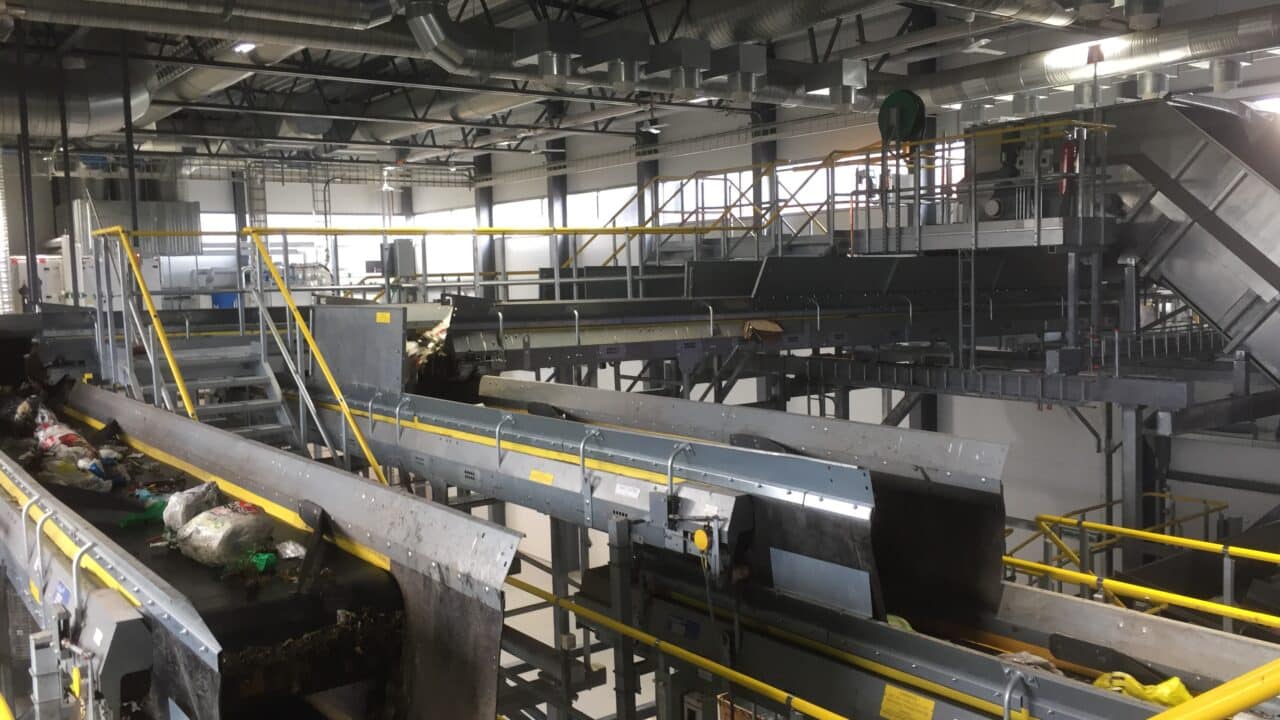
Sorting Halmstad, Sweden
The main reason for choosing optical sorting was that the system could be introduced so easily. Different coloured bags are disposed of in the same bins as before, and the same waste collection vehicles are used. Currently, six different fractions are being tested for residents.